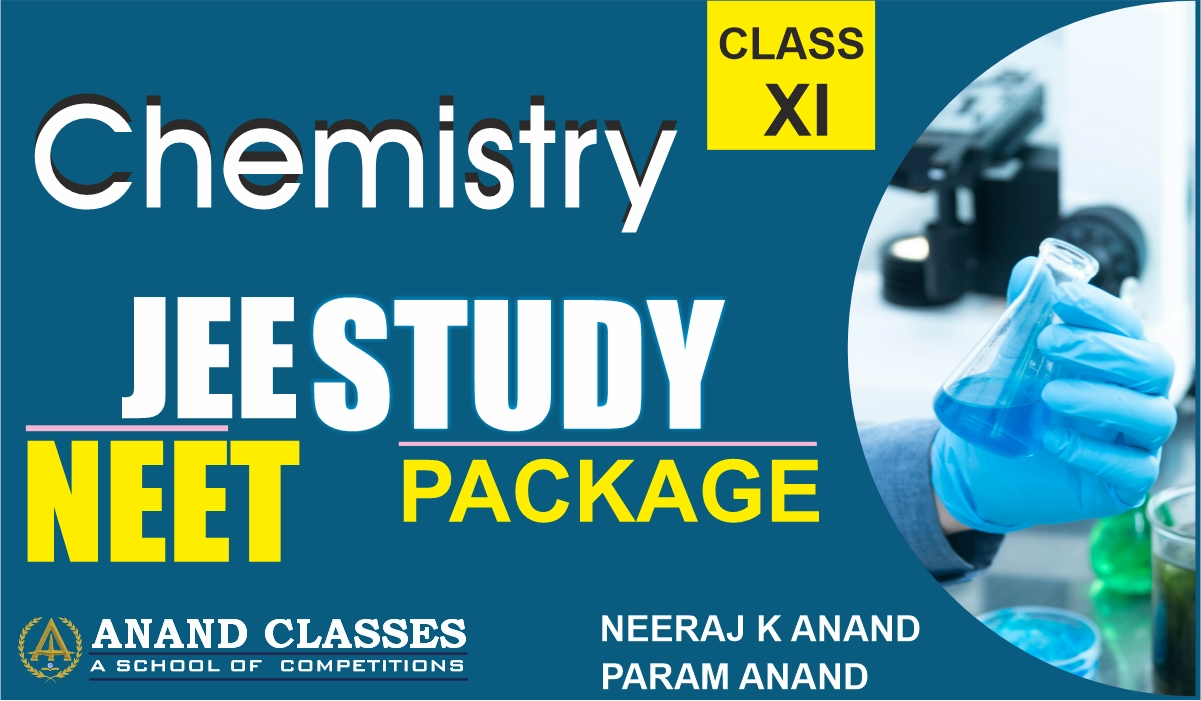Markovnikov’s Rule: Statement and Explanation with Examples & FAQs

Markovnikov’s Rule, also known as Markownikoff’s rule, can be used to describe the outcome of some chemical addition reactions. The ...
Read moreChemical Properties of Alkenes | Addition of Dihydrogen & Halogen

What are Alkenes Alkenes consist of a large number of loosely held pi bonds. Due to the presence of such ...
Read moreMethods of Preparation of Alkenes in the Laboratory | Mechanism

Methods of Preparation of Alkenes Alkenes belong to the family of hydrocarbons. They contain at least one double bond between ...
Read morePhysical Properties of Alkenes – Melting & Boiling Point, Polarity, Solubility

Alkenes contain a carbon-carbon double bond which changes the physical properties of alkenes. Alkenes are unsaturated carbon compounds which have a ...
Read moreHybridization of C2H4 (Ethene): Hybridization of Carbon in C2H4

To know about the hybridization of C2H4 (ethene or ethylene) students have to recognize or understand the number of bond ...
Read moreNomenclature of Alkanes, Alkenes and Alkynes – IUPAC Nomenclature of Alkanes, Alkenes and Alkynes

What is IUPAC Nomenclature? A single chemical compound can have several acceptable systematic names and the systematic method of naming ...
Read moreAlkene – Formula, Definition, Classification, Properties, Uses, Examples, FAQs

What are Alkenes? The common family of hydrocarbons found in crude oil is alkenes. In this family there is at ...
Read morePyrolysis of Alkanes Free Radical Mechanism Detailed Explanation

🔥 Pyrolysis of Alkanes – Free Radical Mechanism (Class 11) By Neeraj Anand | Anand Classes Pyrolysis, also known as ...
Read morePhysical & Chemical Properties of Alkanes with Examples | By Neeraj Anand | Anand Classes

🧪 Physical and Chemical Properties of Alkanes with Examples – Class 11 By Neeraj Anand | Anand Classes Alkanes, the ...
Read moreConformations of Ethane and Butane – Conformational Isomerism | Anand Classes by Neeraj Anand

Conformational isomerism is a fundamental concept in organic chemistry that explains how molecules can adopt different spatial arrangements by rotation ...
Read more

